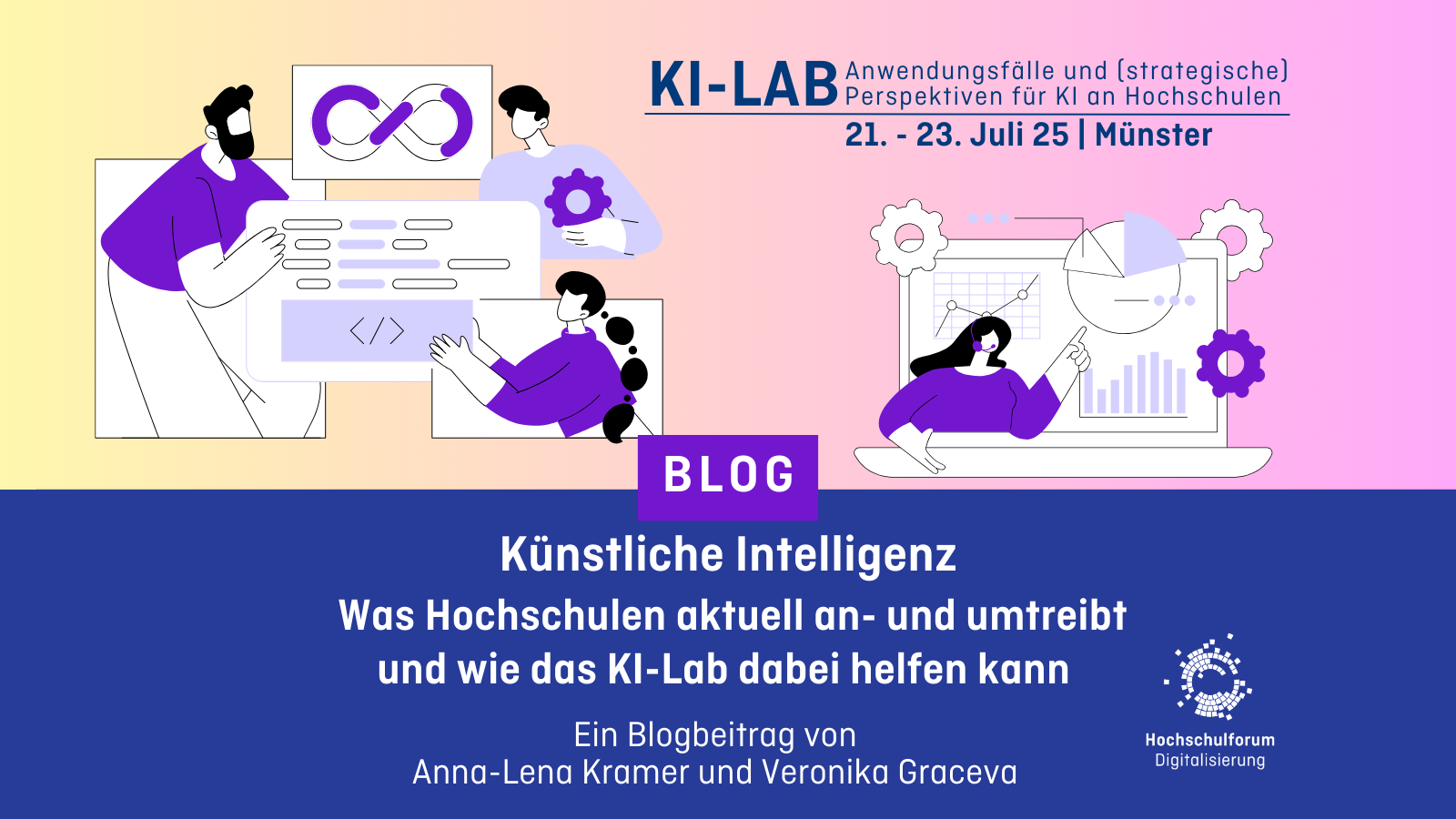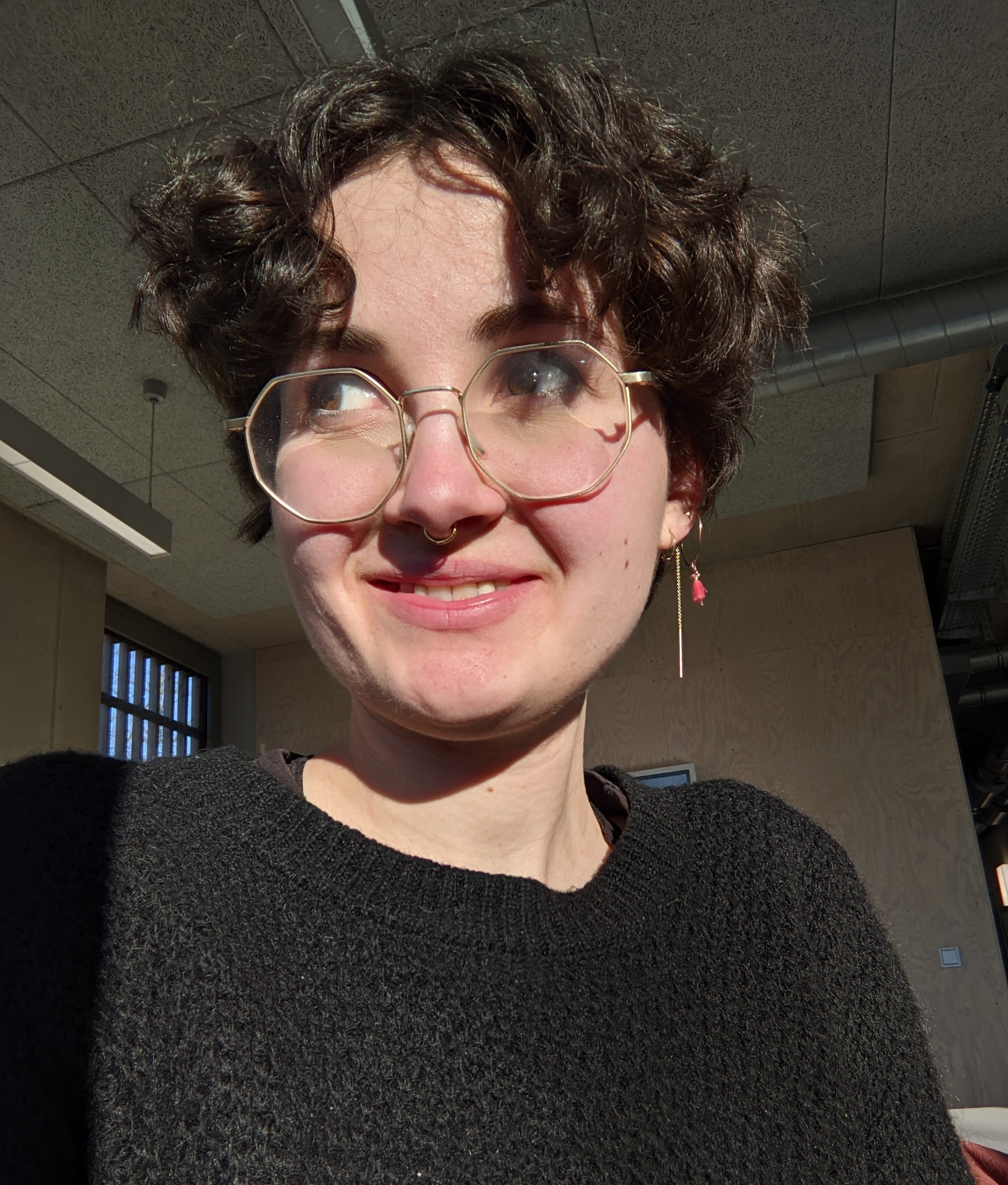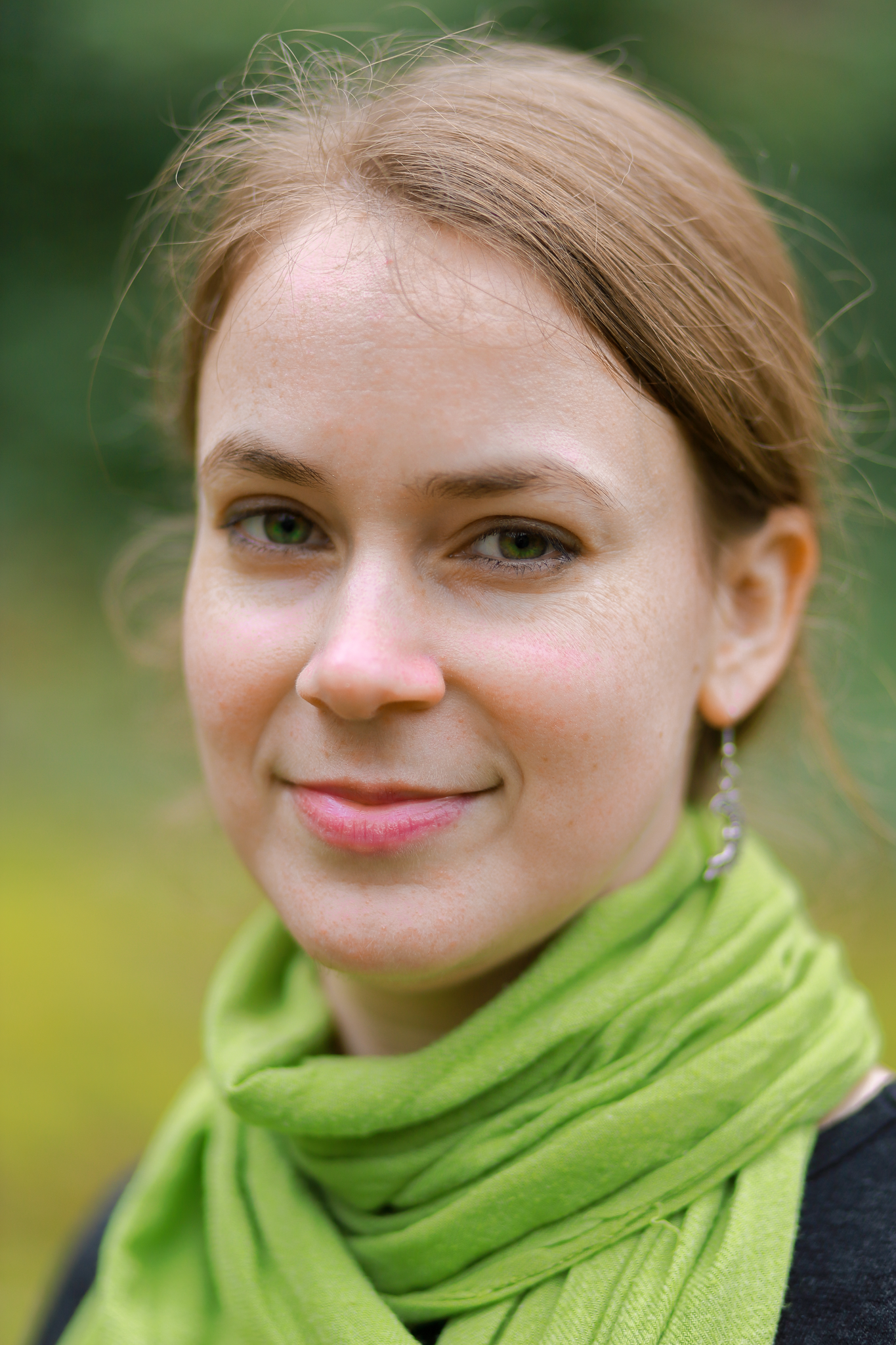Between Margin Notes and Exam Clinic: video-assessment of legal exams
Between Margin Notes and Exam Clinic: video-assessment of legal exams
27.08.19
In the guest article, Sven Störmann, Project Manager E-Learning at the Centre for Legal Learning (ZJL), and Jonathan Schramm, personal consultant to the management (both Bucerius Law School, Hamburg), explain the advantages of individual feedback through video-assessment as an alternative to conventional exam correction using the example of exam preparation in law studies.
This article was automatically translated using DeepL Translator. Please excuse any errors.
![A better view through video evaluation? Photo: [https://unsplash.com/photos/Vrv_nZHaFTc timJ] A better view through video evaluation?](/sites/default/files/images/blog/timj-Vrv_nZHaFTc-unsplash_0.jpg)
Exam preparation in law studies
Students who choose law as their subject of study end up writing the written exams: six exams, five hours each, and a correspondingly high level of stress with 52.5% of the overall grade being achieved as a result of the results.
To ensure that students are optimally prepared for this “all or nothing” examination situation at the end of their studies, most students opt for targeted preparation for this examination format at the end of the regular period of study – i.e. after all requirements for registering for the state compulsory subject examination have been met.
There are different procedures. The options range from preparation on one’s own initiative, to internal university preparation courses (“Uni-Rep”), to commercial revision courses, which, by the way, have existed since the end of the 18th century because the faculties refused to teach the new Prussian Land Law at that time.
Since the first state compulsory subject examination plays by its own rules and, in addition to legal specialist knowledge, examines in particular time management, fast handwritten (sic!) writing as well as typical examination wording and argumentation, it makes sense in any case to write such five-hour examinations regularly under examination conditions in preparation for the examinations.
![Is it still possible to write by hand? Or by laying stones? Photo: [https://unsplash.com/photos/xcVW_sFp4jQ Melinda Gimpel] Scrabble in law](/sites/default/files/images/blog/melinda-gimpel-xcVW_sFp4jQ-unsplash.jpg)
All faculties now offer an exam practice course for this purpose.
At Bucerius Law School, students write an “ExÜ” every Friday from 8:30 a.m. to 1:30 p.m., which they receive back in corrected form approximately 10 days later. Up to now, the correction classically consisted of marginal notes and a final vote including grading. At the same time, the Center for Legal Learning (ZJL) at Bucerius Law School has been successfully offering exam clinics for many years. Students can contact the staff of the ZJL and discuss their exam in detail in a personal conversation.
Conventional corrections naturally mean considerably less effort for all involved compared to examination clinics, but do not achieve by far the same degree of individualisation and depth of content as examination clinics and are naturally also subject to fluctuations in quality.
In addition to the content comparison with the solution sketch, to which classical corrections are often limited, the retreat clinic also offers an analysis of the methodology and “retreat tactics”. It should also be borne in mind that the request for an examination clinic definitely requires the overcoming of a certain inhibition threshold – students must first recognise that support is helpful or necessary for them in the current situation and then overcome the unfortunately often existing inhibition to accept this offer. Both previous formats for the post-processing of practice exams thus have advantages in each case, but also disadvantages inherent in the format.
There is a gap between the very good, but complex examination clinic and the less motivating and helpful classical correction, which means much less effort for students and correctors.
The gap – didactic considerations

We were therefore looking for a solution that would close the gap between conventional correction and the closed-door clinic – one that was more individual, better in content and lower in threshold than marginal notes and a short vote, but which on the other hand did not require as much effort as a classic closed-door clinic.
The main reason for the wish for more individual and better feedback was to motivate the students to deal more intensively with the practice exam and subsequently to increase their learning success. The discussion should not be limited to reading the received grade alone. Exercises are time-consuming, so that it makes sense to optimise the learning success of the time invested for the students as much as possible.
So how can the resource advantages of a conventional correction be combined with the quality and motivation of an individual feedback within the framework of the examination clinic? Classic automation is difficult to implement because of the flow text to be corrected. Other examination formats cannot be considered for the state examination because of their training character.
Since April 2018, Bucerius Law School has been using a new mode for correcting exam practice exams to solve this problem. Instead of a conventional correction with marginal notes and a final vote, students receive a video file. The video file shows the screen recording of the proofreader as he or she goes through the candidate’s scanned exam. So the students are “live” while their exam is corrected and discussed. The necessary hardware and software is provided by the university.
The concept of video correction, developed and tested by Sven Störmann, project manager for e-learning at the Centre for Legal Learning (ZJL), together with Dr. Olivia Czerny, Sylvan Gebhard and Victor Thonke, now makes it possible to deal more individually with the strengths and weaknesses of case processing, and is intended to motivate students when correcting to point out less core legal optimisation possibilities and to strengthen their feeling for written exam tactics. Students will be able to look through the glasses of the proofreader. On the part of the correctors, there is the greatest possible flexibility: A written examination can be read through and corrected in sections or in one piece, changes to the correction are possible and the oral discussion can be supplemented by comments, underlining or other visualisations if required. In our experience, the fact that discussions are always held orally lowers the inhibitions of correctors to give informal tips and hints or to point out possibilities for deepening and repeating.
At the same time, the candidate’s screen recording allows him or her to know “where” in the exam he or she is at any time and motivates him or her to discuss the content of his or her own paper, since it is not easy to open the last page with the grade.
Last but not least, the digitisation of exam corrections also solves a very practical problem: especially in cities like Hamburg, universities compete with a large number of attractive employers for the best graduates. A largely location-independent process makes it possible to recruit proofreaders who do not live in Hamburg or the surrounding area.
Video-assessment of legal exams: implementation
The project implemented at Bucerius Law School has of course not reinvented the correction of exams, but has only screwed it into existing and moving positions due to digitisation, drawing on experience already gained in other subjects. It was also explicitly desired to implement the project “gebootstrapped”, i.e. with existing means and initially without major development or implementation effort. In this way, a prototype could be developed quickly and feedback could be obtained from those involved. In addition, not all practice exams are always corrected in this way, but only a share of 10 to 20 percent for testing purposes.
![Video correction in Law. Photo: [https://unsplash.com/photos/4qGbMEZb56c Thomas William] Lawyers film](/sites/default/files/images/blog/thomas-william-4qGbMEZb56c-unsplash.jpg) Currently the correction of exam practice exams in the context of video correction proceeds as follows:
Currently the correction of exam practice exams in the context of video correction proceeds as follows:
- Depending on the video corrections received so far, an algorithm determines who receives a video correction and who receives a conventional correction.
- After the exams have been handed in by the students, the corresponding exam edits are scanned manually and stored in the cloud memory.
- The exam is then released to the proofreader via the cloud memory.
- The subsequent correction takes place in “real time” along the editing process as described above.
- Students receive the correction by e-mail link for downloading as a video file via the cloud memory.
The following video shows an example of what such a correction looks like.
Outlook and further steps
The systematic evaluation of the new correction mode is still pending. So far, however, students have made active use of the opportunity to give individual feedback on the concept. This is almost always positive and very constructive, so that the mode has developed and will continue to develop along the wishes of the students.
![The digital future of legal teaching? Photo: [https://unsplash.com/photos/X2CxUXFqKcM Chris Brignola] An uncertain future?](/sites/default/files/images/blog/chris-brignola-X2CxUXFqKcM-unsplash.jpg)
According to student feedback to date, it is clear that video correction should completely replace conventional correction in the medium term. It offers students a convenient and efficient way to receive individual feedback without the considerable logistical effort of an exam clinic.
In the next step, the processes are to be further automated so that, at best, scanning, provision for correction and subsequent distribution to the students are fully automated. By transcribing the spoken correction, the correction could be searchable despite the spoken word.
Another development with potential effects on exam preparation practice exams is the digitisation of state exams. If these were to be written digitally in the future, the practice exams would also be written digitally, so that the scanning step would automatically be omitted.
It remains to be seen how the examination requirements will change. In any case, video corrections currently offer proofreaders more flexibility and make the dragging around of stacks of paper obsolete. Students benefit from more individualised proofreading, to which they have low-threshold access, and are motivated to actually deal with it.
The fact that over 90 % of all feedback to date has favoured this new correction mode over conventional corrections shows us that there can (and should) still be innovation even in a system that has basically been in existence for over 230 years.




 Anna-Lena Kramer
Anna-Lena Kramer 
 Carolin Then Bergh
Carolin Then Bergh 
 Alessandra Reß
Alessandra Reß 